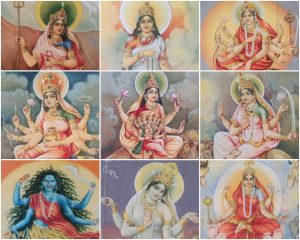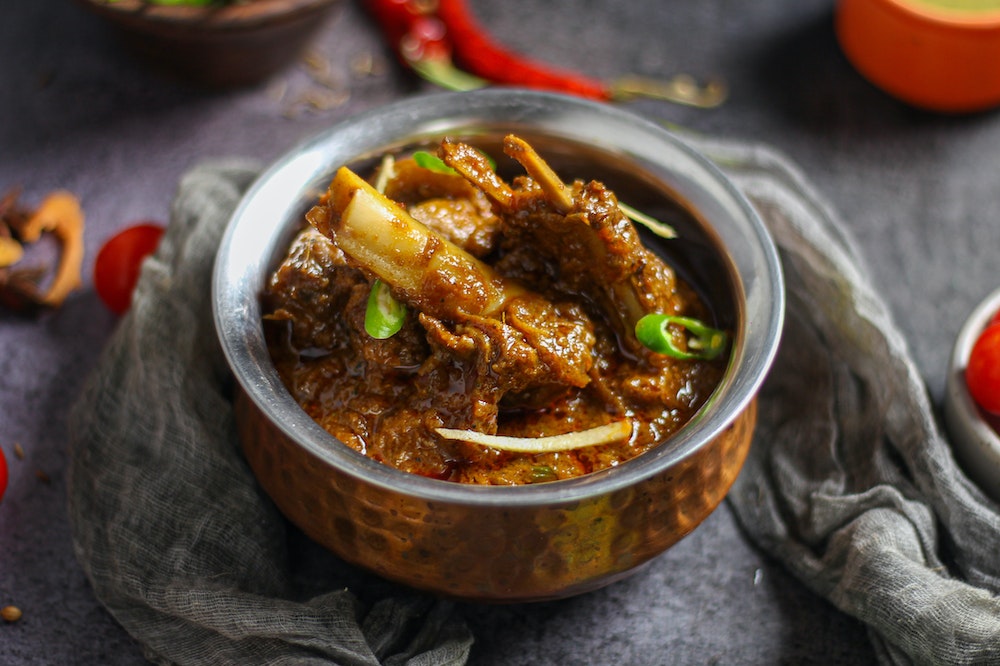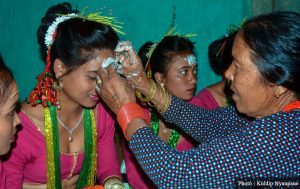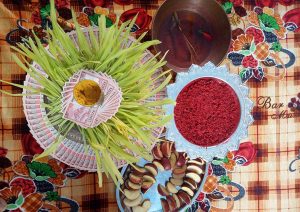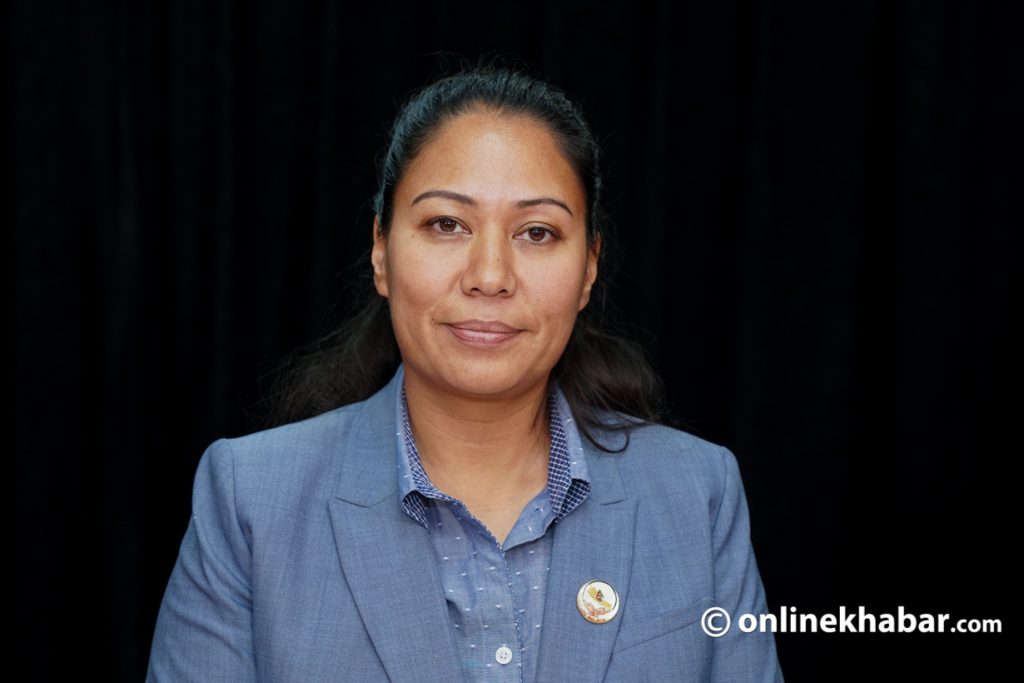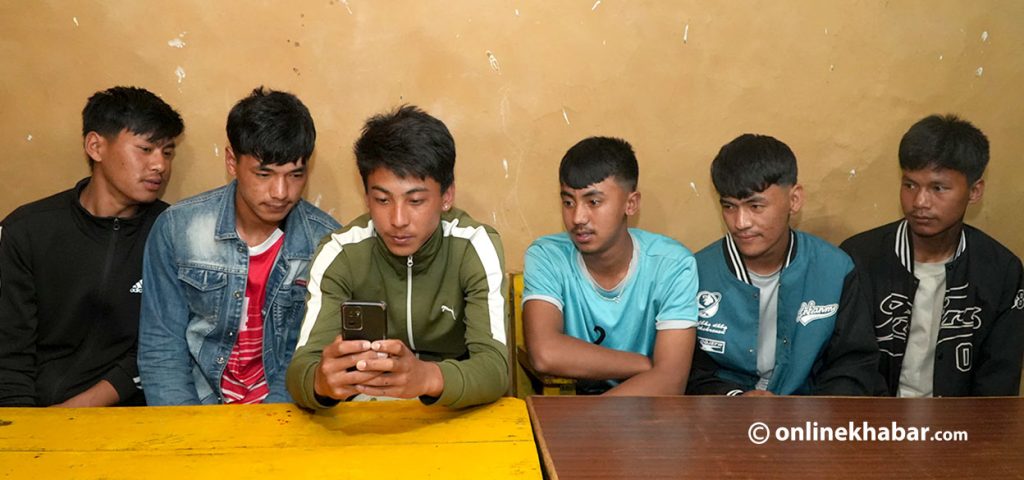Dashain, the festival that honours goddess Durga symbolising power, prosperity, motherly love, and valour, is also surrounded by many fierce debates. One of the biggest debates that Nepali society experiences around this time every year is about animal sacrifice in the goddess’s puja.
For many, Dashain is synonymous with feasting on the meat of the sacrificed animal as a ‘prasad’. During the 15-day celebration, thousands of goats, buffaloes, sheep and poultry are slaughtered in many temples (shakti peeths) and private houses. At the same time, many activist protests this practice stating this as an inhumane and gruesome ritual that ignites the instinct of violence in humans in the name of ‘pleasing the goddess Durga.’
As both sides have their own arguments for and against this practice, the debate is unlikely to end anytime soon. Even the pioneers of traditional Hindu culture are also divided about the issue.
Clash of faiths
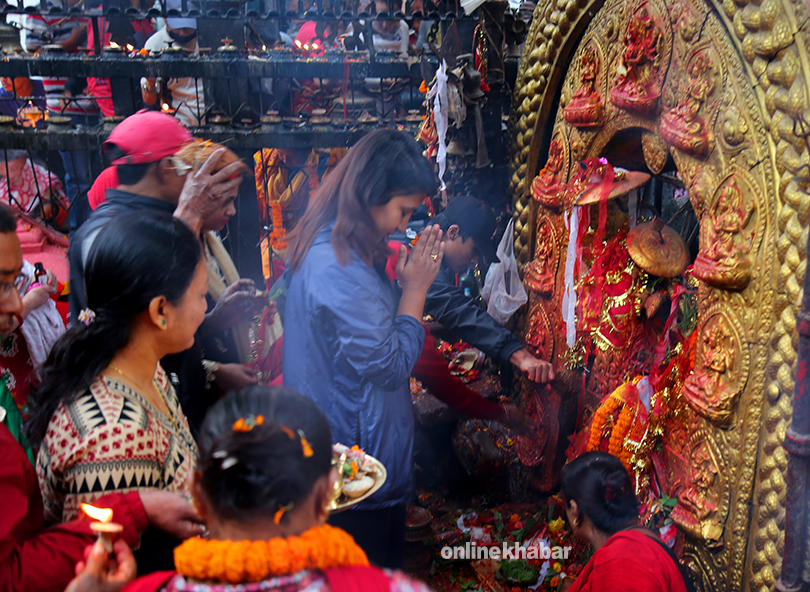
Govinda Tandon, a heritage and culture expert and animal rights advocate, stands against this tradition. He is worried that animal sacrifice has been an essential of Dashain for many people as the worshipping of goddess Durga, management of the expenses for the celebration, and shopping are.
For him, Dashain is only a festival of worshipping nine goddesses (Navadurga) during the Navaratri, hence an auspicious occasion of knowing and understanding the inner self and the essence of being born as a human being. Once people understand their inner self, Tandon believes, people get conscious to do only good deeds, and animal sacrifice is necessarily not a good deed.
“But, we, people, made this holy festival ugly by advocating Dashain as a festival of animal sacrifice,” asserts Tandon. “The credence that without feasting on meat or without animal sacrifice, Dashain celebration and worshipping is incomplete has taken over the minds of the people as the time passes by.”
Opposing the views of Dr Tandon, Prof Dr Madhav Bhattarai, the former chairperson of Nepal Panchanga Nirnayak Samiti, advocates for the continuation of this age-old tradition. Although a vegetarian claiming he has never sacrificed any animals in life, Bhattarai, however, presents himself as a supporter of this tradition.
As per Bhattarai, animal sacrifice holds a great significance in this festival as this will provide ‘salvation’ to the sacrificed animals and appease the ‘bloodthirsty goddess’ Durga. He further adds, “Animal sacrifice is also a kind of worship.”
But, Govinda Tandon questions, “Who gave people an authority to give salvation to any other beings? How can the goddess as a motherly figure be pleased by killing her own offspring even if offering the blood of those innocent animals gives them salvation?” He also urges supporters of the tradition to ask themselves a question: can they offer their own family members to the goddesses so as to grant them salvation?
“They are just doing it for the sake of their tongue (taste) and stomach (hunger) in the name of pleasing the goddess,” he continues, “Nobody has seen any goddess and god eating those sacrificed animals. It is the humans who do that out of their selfishness.”
For Tandon, no god and goddess have asked for animal sacrifice or any kind of violence to please them. He says religious scriptures demand people to kill their own lust, greed and anger, but not any other life.
On this, Bhattarai counters, “Yagyabalkiya Smriti, an ancient religious text, says animal sacrifice can be given on three occasions: for the worship of gods and goddesses, for the honour of the guests, and for the ancestors (pitris).”
Glory of the Satvik people
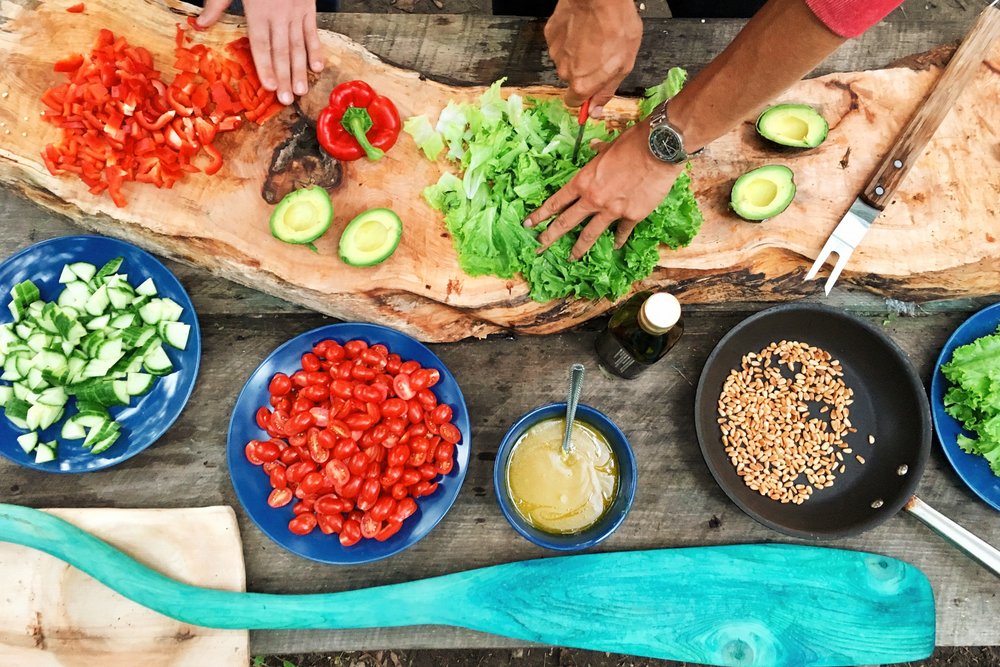
Bhattarai also explains the practice of animal sacrifice connecting to the idea that there are three kinds of people in society. “One is Satvik; the vegetarians do not have the feeling of competition and do not give animal sacrifice. The second ones are Rajashi, who have the feeling of competition, who are non-vegetarians and who ritually give animal sacrifice. And, there is another kind called Tamashi, the ones who are non-vegetarian, who eat whatever they like to, who do not abide by rules and regulations, who are lazy and give animal sacrifice (but not ritually).”
He says if one can be a Satvik, that can be the best and there does not exist any practice of animal sacrifice. However, such people are only a handful in today’s world.
On this, Tandon also agrees but adds people of other kinds can also be made Satvik with good thoughts as it is essential for a society to progress.
What do the scriptures say?
Perhaps the division between those promoting and protesting the culture of animal sacrifice stems from contrasting views in various religious texts.
Bhattarai says, “In Kalika Purana, it is stated that animals are born to serve yagyas. Even in Geeta, it is stated that whatever you eat, it should be first offered to the gods and goddesses.” His idea is that protesting the practice of sacrifice is okay for vegetarians, but the non-vegetarians should offer meat to god before they eat it.
Also, killings done for yagyas are not considered killing as per Manusmriti, Bhattarai says, adding, “However, if one eats the animals for one’s taste, s/he is considered a culprit.”
But, Tandon does not agree with this. He says Parisankhya Bidhi says violent acts should not be done at all, rather this should be gradually decreased and, in fact, eliminated from its root cause. He stresses that the biggest lesson that religious scriptures have taught is that non-violence is a virtue and virtue leads to victory.
On the other hand, death is the cruellest suffering to every being on earth. “If one earns virtues by killing those beings, what could be a sin for them,” questions Tandon.
He further says, “Animal sacrifice increases violence in society, which is not good anyway. Instead, We all want peace. Human beings, being the greatest being, should think of the good of all the creatures.”
From the archive






